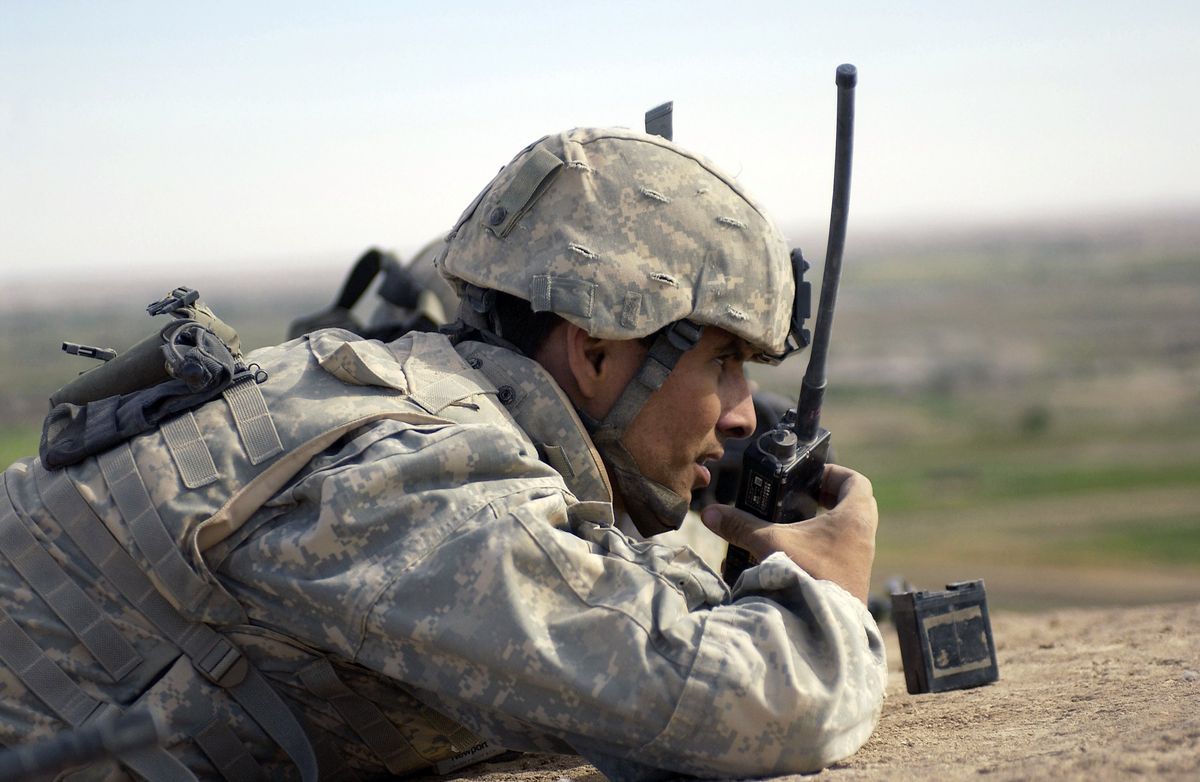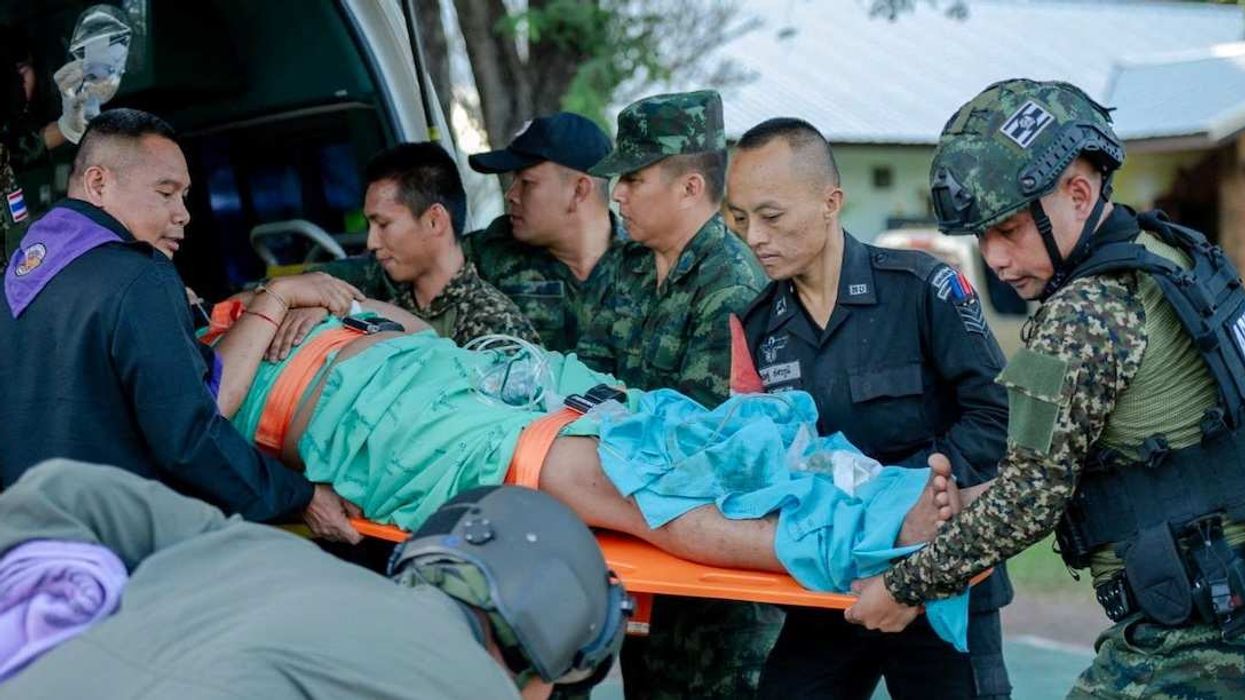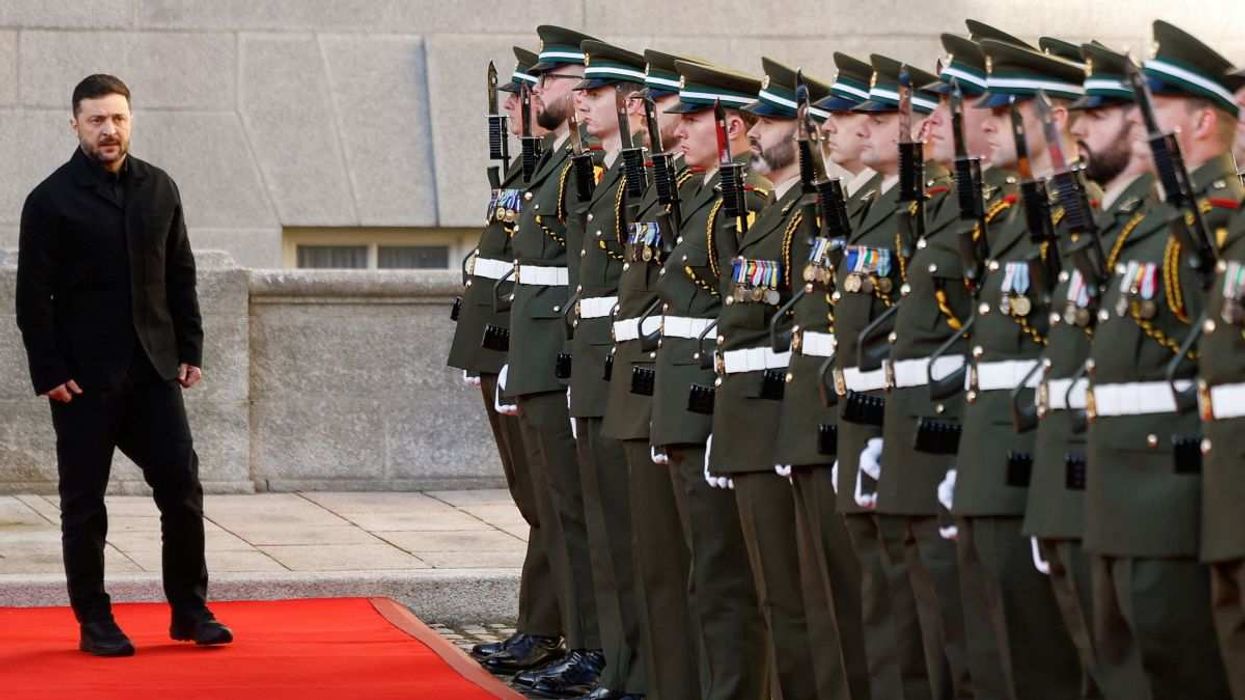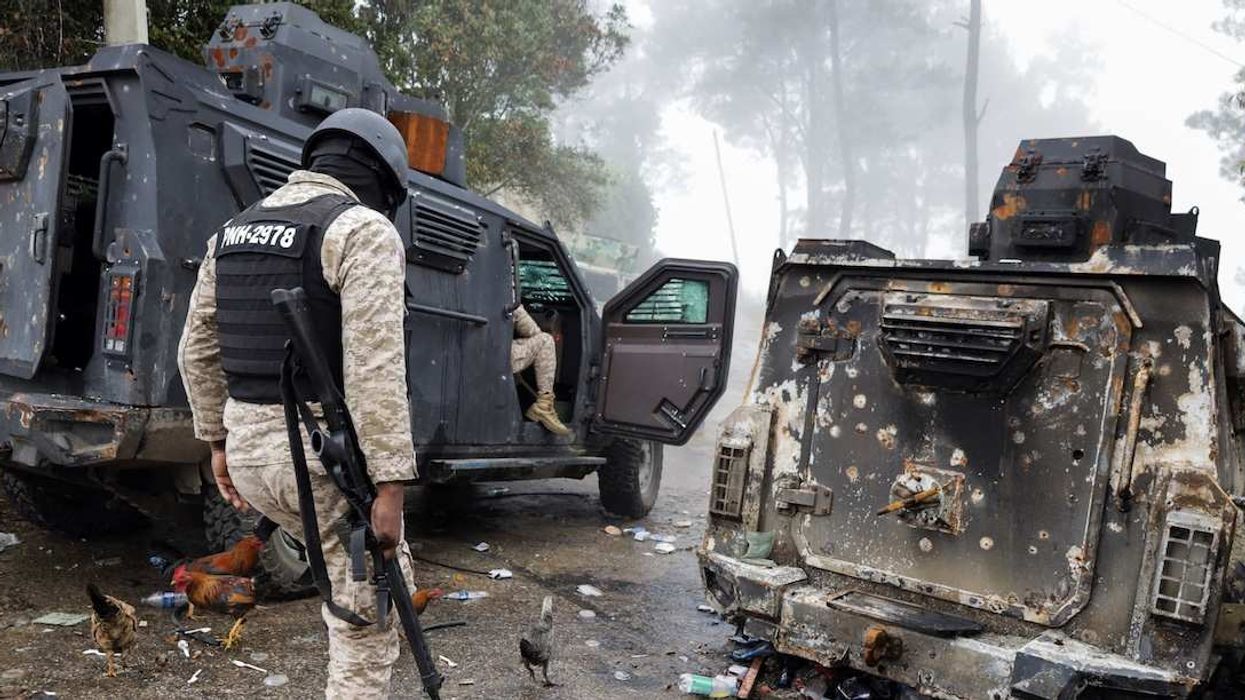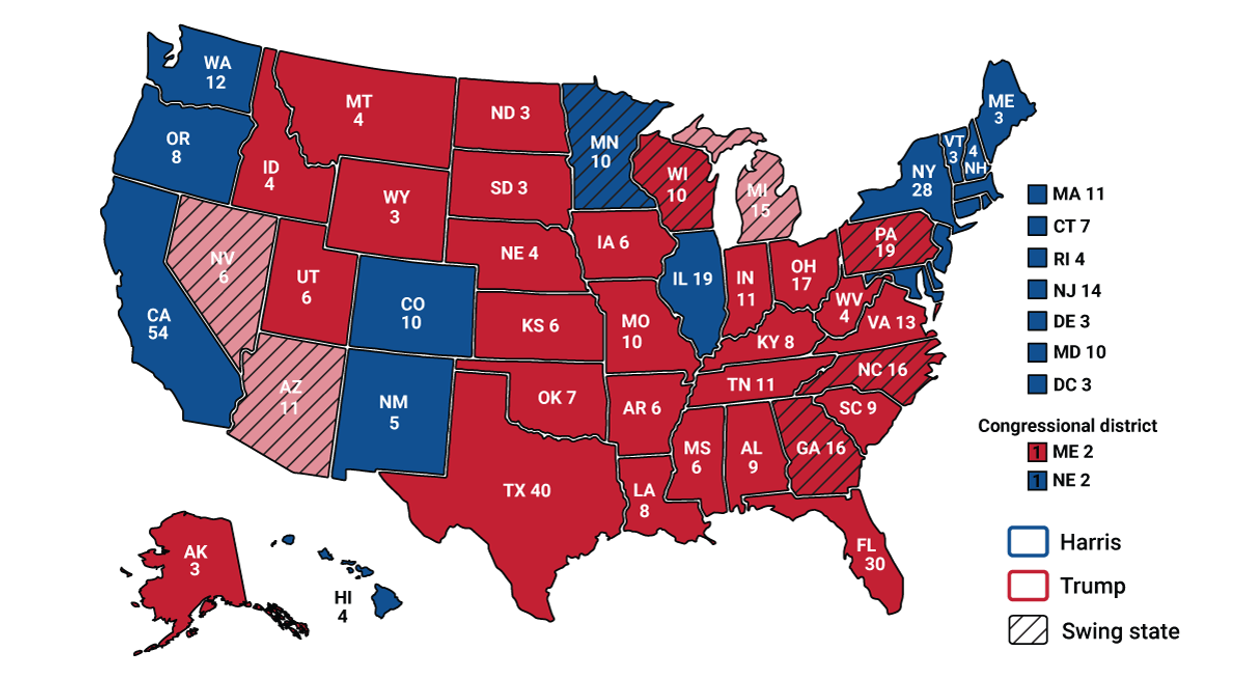The United States and Iran’s proxy militias are locked in an escalating feud that’s raising fears of a wider conflict in the Middle East amid an already devastating war in Gaza. The situation is precarious, with the potential to spiral out of control.
On Wednesday, the US conducted an airstrike on a weapons storage facility in Syria used by the Iranian Revolutionary Guard Corps and affiliated groups. The strike was in response to a string of attacks against US personnel in the region by Iranian proxies and came the same day a US drone was downed by the Iran-backed Houthi rebels in Yemen. It was the second time the US launched such a strike in a matter of weeks.
The backdrop: The longstanding tensions between the US and Iran have reached historic heights in recent years, and the Israel-Hamas war is pouring fuel on the fire. The US has offered full-throated support to Israel in its battle against Hamas, a militant group that’s had Iran in its corner for years. The US has reinforced its military presence in the Middle East since the Israel-Hamas fight began in early October — a sign that Washington feared the war could spill out across the region.
The signal: The US is using these recent strikes in Syria to send a clear message to Iran and its affiliates: Back off. Whether this will be a sufficient form of deterrence remains to be seen.
Iran-backed groups have launched just over 40 attacks against US troops in Iraq and Syria since mid-October, according to the Pentagon. Dozens of US troops have been injured in the process, some suffering traumatic brain injuries, though no fatalities have been reported. Should a US service member be killed in a future attack, the White House may feel pressured to respond far more aggressively.
